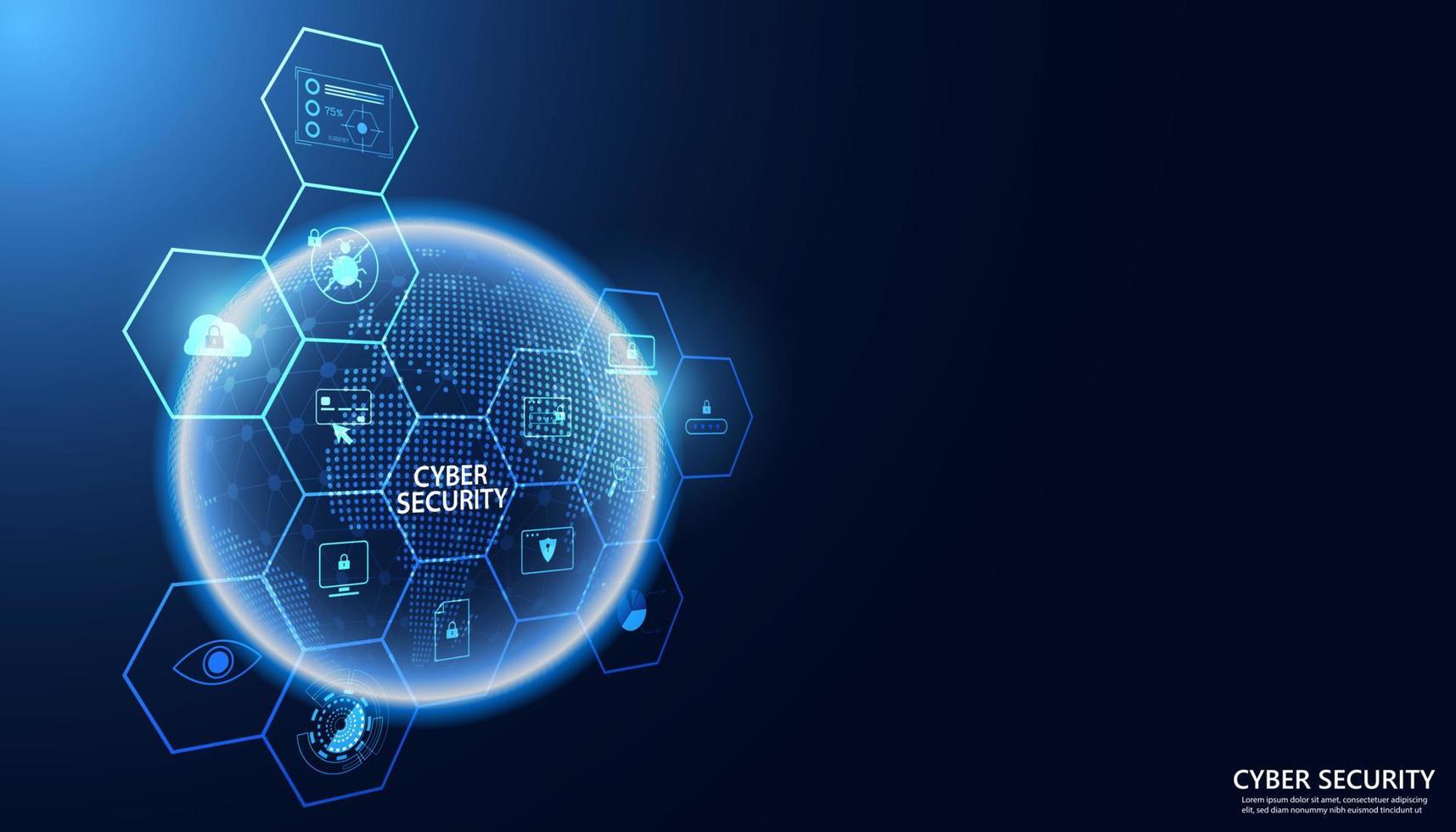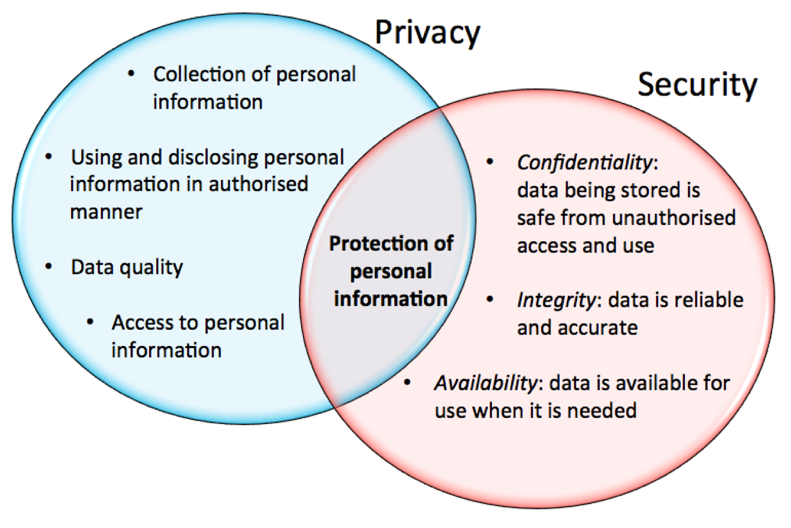Enhance Safety with FFT Pipeline Protection Solutions for Your Operations
Enhance Safety with FFT Pipeline Protection Solutions for Your Operations
Blog Article
How Data and Network Protection Safeguards Against Arising Cyber Hazards
In a period noted by the quick development of cyber hazards, the importance of information and network protection has never been much more pronounced. As these risks become much more intricate, understanding the interplay in between information safety and security and network defenses is crucial for alleviating threats.
Comprehending Cyber Dangers

The ever-evolving nature of technology constantly introduces brand-new susceptabilities, making it necessary for stakeholders to remain vigilant. Individuals might unwittingly fall victim to social engineering methods, where attackers adjust them into revealing sensitive details. Organizations face distinct challenges, as cybercriminals commonly target them to exploit beneficial data or interfere with procedures.
Moreover, the increase of the Internet of Things (IoT) has expanded the assault surface area, as interconnected tools can act as entry points for assailants. Acknowledging the significance of robust cybersecurity practices is essential for reducing these risks. By fostering a thorough understanding of cyber people, threats and companies can execute reliable methods to secure their digital properties, ensuring resilience when faced with a significantly intricate threat landscape.
Key Parts of Information Security
Ensuring data protection calls for a multifaceted approach that encompasses different crucial parts. One fundamental aspect is data encryption, which changes sensitive info into an unreadable layout, obtainable only to authorized individuals with the ideal decryption keys. This works as a vital line of protection versus unapproved gain access to.
One more important part is accessibility control, which regulates that can see or adjust information. By applying stringent individual verification procedures and role-based accessibility controls, organizations can reduce the danger of insider hazards and data violations.

Additionally, data concealing strategies can be used to shield sensitive details while still permitting for its usage in non-production settings, such as screening and growth. fft perimeter intrusion solutions.
Network Safety And Security Strategies
Applying durable network safety and security techniques is vital for guarding a company's digital framework. These strategies involve a multi-layered strategy that includes both software and hardware services created to shield the honesty, discretion, and availability of data.
One important component of network safety is the implementation of firewall softwares, which act as an obstacle in between relied on internal networks and untrusted external networks. Firewall programs can be hardware-based, software-based, or a mix of both, and they assist filter inbound and outgoing traffic based upon predefined protection regulations.
Additionally, invasion discovery and prevention systems (IDPS) play an important function in keeping an eye on network traffic for suspicious tasks. These systems can signal managers to prospective violations and take action to mitigate dangers in real-time. Frequently patching and updating software is additionally essential, as susceptabilities can be made use of by cybercriminals.
Additionally, carrying out Virtual Private Networks (VPNs) makes certain safe remote accessibility, securing information transferred over public networks. Segmenting networks can decrease the strike surface area and include possible breaches, restricting their effect on the general facilities. By adopting these techniques, organizations can successfully strengthen their networks against emerging cyber dangers.
Ideal Practices for Organizations
Developing ideal practices for companies is crucial in keeping a solid safety and security stance. A thorough approach to data and network safety and security begins with routine danger assessments to recognize susceptabilities and possible threats.
Furthermore, continual employee training and recognition programs are vital. Workers need to be informed on recognizing phishing attempts, social engineering tactics, and the value of adhering to security protocols. Regular updates and spot administration for software and systems are likewise important to safeguard against recognized vulnerabilities.
Organizations must develop and test case action intends to make certain readiness for potential violations. This consists of establishing clear interaction networks and functions during a security case. In addition, information security must be employed both at rest and in transit to guard delicate info.
Lastly, performing routine audits and conformity checks will aid make certain adherence to well established policies and relevant regulations - fft perimeter intrusion solutions. By following these best methods, companies can considerably boost their strength against emerging cyber hazards and safeguard their essential assets
Future Trends in Cybersecurity
As companies browse a progressively complex electronic landscape, the future of cybersecurity is positioned to progress significantly, driven by moving and arising technologies hazard paradigms. One prominent trend is the combination of fabricated intelligence (AI) and artificial intelligence (ML) into safety frameworks, enabling real-time risk discovery and reaction automation. These modern technologies can assess substantial quantities of data to identify abnormalities and prospective breaches more efficiently than standard techniques.
One more important fad is the increase of zero-trust design, which requires constant verification of customer identities and tool safety and security, no matter their place. This strategy decreases the risk of expert risks and improves security versus outside attacks.
In addition, the increasing adoption of cloud solutions necessitates durable cloud protection techniques that attend to unique vulnerabilities connected with cloud settings. As remote work becomes an irreversible fixture, protecting endpoints will additionally come to be paramount, causing an elevated concentrate on endpoint discovery and action (EDR) services.
Last but not least, governing compliance will certainly remain to shape cybersecurity methods, pressing organizations to take on a lot more rigorous information security procedures. Embracing these fads will certainly be crucial for companies to fortify their defenses and navigate the evolving landscape of cyber risks successfully.
Conclusion
In verdict, the execution of robust information and network security actions is important for organizations to protect against emerging cyber hazards. By making use of file encryption, access control, and effective network protection strategies, organizations can significantly decrease vulnerabilities and shield sensitive info.
In an age noted by the quick evolution of cyber threats, the relevance of information and network safety has never ever been much more noticable. As these dangers become much more complicated, comprehending the interplay between data safety and network defenses is vital for minimizing risks. Cyber hazards encompass a large array of malicious activities intended at endangering the confidentiality, honesty, and availability of networks and data. An extensive method to information and network safety and security begins with regular danger evaluations to determine susceptabilities and potential dangers.In final thought, the implementation of robust data and network safety and security fft perimeter intrusion solutions measures is essential for organizations to protect versus arising cyber risks.
Report this page